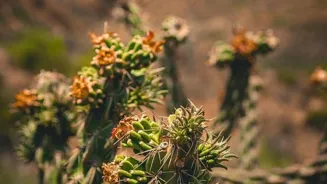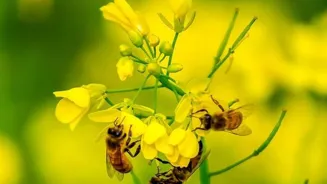The Hyacinth Threat
The water hyacinth, a rapidly spreading aquatic plant, has been causing significant ecological and economic damage in India. Its invasive nature allows
it to quickly colonize water bodies, disrupting aquatic ecosystems and hindering various activities. The situation calls for immediate and concerted action to mitigate the damage.
National Policy Needed
A crucial step is the formulation of a unified national policy to tackle the hyacinth menace. This policy should establish clear guidelines, allocate resources, and ensure effective coordination between various government agencies and stakeholders. The need of the hour is to establish a strong framework.
Region-Specific Solutions
While a national policy sets the stage, its success hinges on region-specific implementation strategies. Different regions in India face unique challenges related to hyacinth infestation. Tailoring the strategies to local conditions, considering factors like climate and water resources, will be key.
Unified Action Required
Ultimately, a united front is essential to effectively combat the hyacinth's invasion. This involves collaboration between government bodies, environmental organizations, local communities, and other relevant groups. By working together, India can begin to restore its aquatic ecosystems and mitigate the damage caused by the plant.
Protecting Indian Waters
Addressing the invasive hyacinth is vital to safeguarding India's water bodies. This encompasses preserving biodiversity, ensuring sustainable water resource management, and protecting the livelihoods of communities that depend on these resources. It will involve a holistic approach.













